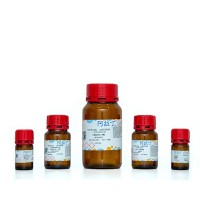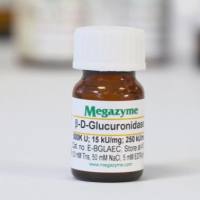Assays of Lipolytic Enzymes
互联网
678
Free fatty acids (FAs) derived from adipose tissue (AT) are, quantitatively, the most important fuel in mammals, and provide more than half of the caloric needs during periods when dietary substrates are lacking. Hormone-sensitive lipase (HSL) catalyzes the rate-limiting step in the lipolysis of stored triglycerides (TGs) in AT, i.e., the hydrolysis of triacylglycerol to diacylglycerol (for a review on HSL, see ref. 1 ). It also catalyzes the subsequent hydrolysis of diglycerides (DGs) and monoglycerides (MGs). A second lipase, mono-glyceride lipase (MGL), is required to obtain complete hydrolysis of MGs. Selective immunoprecipitation of this lipase, from an AT preparation containing both HSL and MGL, leads to marked reduction in the glycerol release and accumulation of MGs (2 ,3 ). FAs from the action of HSL and MGL are either released into the circulation or, alternatively, re-esterified directly. In humans, on a typical Western diet, de novo lipogenesis is rarely observed, and storage of TGs is mostly accomplished through re-esterification of preformed FAs derived from the blood. Lipoprotein lipase (LPL), on the endothelial cell, catalyzes the hydrolysis of TGs from chylomicrons and very low density lipoproteins (VLDL, for reviews on LPL, see refs. 4 –7 ). The released fatty acids are either transported into AT for re-esterification and storage or, alternatively, returned into the circulation. MGs, particularly, 2-monoacylglycerols from the action of LPL, are believed to be hydrolyzed by MGL after their diffusion into the adipocytes.








